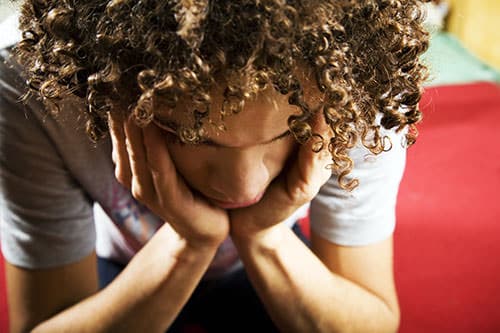Reach out to our compassionate team of experts for help with your journey to recovery. We’re here to support you every step of the way.
If you’re concerned about a friend or family member’s well-being, we’re here to guide them on their path to recovery. Let us be your partner in their healing journey.
Ensure you have the support you need by verifying your insurance coverage. We’ll assist you in understanding your options and getting the treatment you deserve.
Headaches, dizziness, the possibility of seizures, and a high overdose risk are just some side effects of oxycodone abuse. Similarly, there are the blurred vision, dry mouth, and gastrointestinal discomfort. However, you’ve had enough and now want to quit. Do you know how to find the oxycodone addiction treatment NC can trust?
 Letting an addiction to painkillers go untreated damages your health. Accidental overdose deaths are on the rise. Some people receive the medication from their doctors. It’s a common misconception among patients that this makes the drugs safe.
Letting an addiction to painkillers go untreated damages your health. Accidental overdose deaths are on the rise. Some people receive the medication from their doctors. It’s a common misconception among patients that this makes the drugs safe.
The opposite is the case. Whether you get the medication from a doctor or buy it on the street, it’s just as dangerous. Therefore, protect yourself now by seeking out the oxycodone addiction treatment NC locals trust. A combination of targeted modalities works to help you overcome the dependency.
Crest View Recovery Center has an established history of helping people just like you to quit oxycodone abuse. Besides that, it also assists individuals who may be struggling with a polysubstance abuse problem. During the intake process, experts customize a care protocol for you.
For example, we feature evidence-based therapeutic interventions such as:
However, there’s a lot more to healing than undergoing evidence-based treatments. For example, holistic care is an add-on to clinical modalities. It responds to the need for healing as a whole person. After all, a painkiller addiction doesn’t just affect your body and mind. Through oxycodone addiction treatment NC can rely on, you will have a variety of resources to overcome this abuse in your life.
Meditation and mindfulness training are also vital. Due to the destruction that the drug abuse causes, you may be suffering from depression and anxiety. Therefore, mindfulness therapy can counteract these symptoms and help to ground you.
Therapists at Crest View Recovery Center recognize the importance of family involvement. Most likely, your loved ones also suffered during your addiction. The Hope Connections family support group offers a forum that gives those closest to you the chance of healing.
Therapists facilitate the groups. Most importantly, the open floor format supports discussions and personal growth. Your loved ones give and receive support while developing their own coping skills. In the process, they learn how to become your effective support network.
Some people hesitate to enter oxycodone addiction treatment NC can count on. The fear of the unknown holds them back. Furthermore, they may feel shame that they’re struggling with an addiction. Rather than seeking assistance, they continue abusing oxycodone.
It’s no longer about the high or the euphoria. At this point, the drug has impaired your ability to release dopamine naturally. If you don’t take the medication at gradually increasing doses, you may sink into a deep depression. Therefore, you’re just using to maintain a semblance of normalcy.
Without intervention, you’ll keep increasing the dose repeatedly. You might combine oxycodone with alcohol or other nervous system depressants to boost the effect. However, this practice is dangerous. Slipping into a coma and dying are genuine dangers.
If this seems like your trajectory right now, there’s still time to make a change. You don’t have to keep risking your life. Crest View Recovery Center experts offer the oxycodone addiction treatment NC counts on. Learn more about us by calling (866)327-2505 today.
Stop trying to fight this battle alone. Let today be the day you take control back from addiction. Contact Crest View today.
